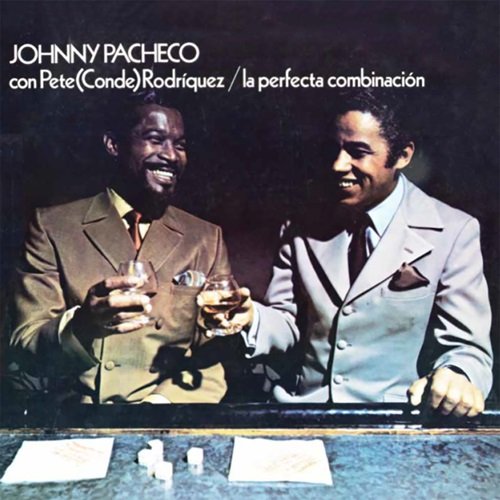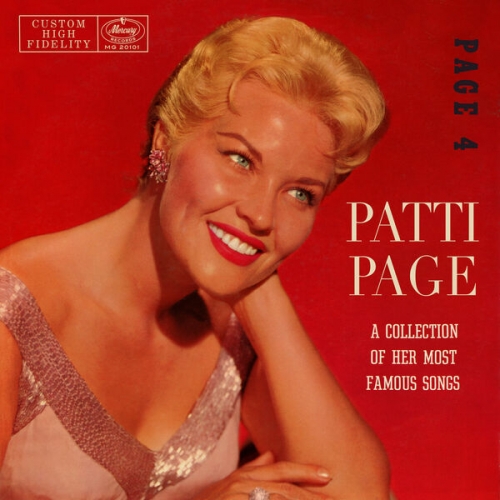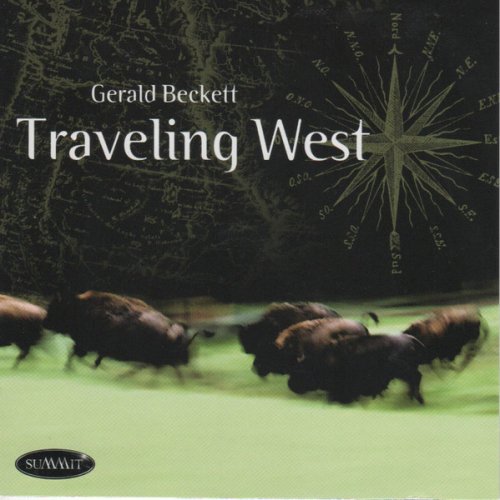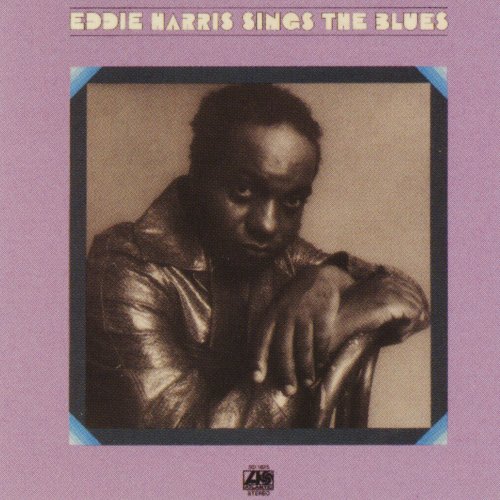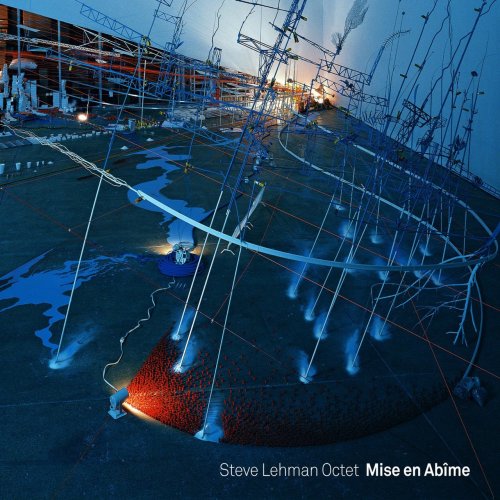Collegium Musicum 90 - Albinoni: Concerti a cinque, Op. 5 (2000) Hi-Res
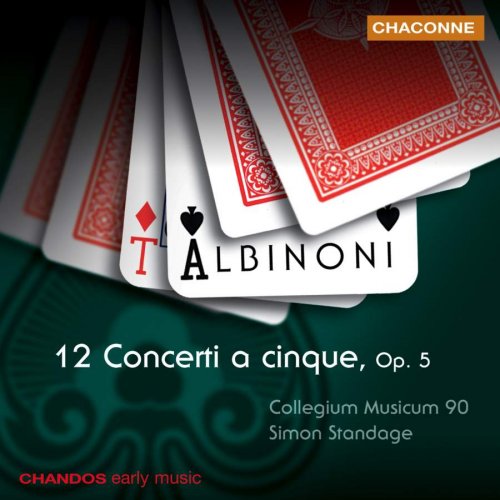
Artist: Collegium Musicum 90
Title: Albinoni: Concerti a cinque, Op. 5
Year Of Release: 2000
Label: Chandos
Genre: Classical
Quality: FLAC 24bit-44.1kHz / APE (image+.cue,log,scans)
Total Time: 76:18
Total Size: 845 / 420 Mb
WebSite: Album Preview
Tracklist: Title: Albinoni: Concerti a cinque, Op. 5
Year Of Release: 2000
Label: Chandos
Genre: Classical
Quality: FLAC 24bit-44.1kHz / APE (image+.cue,log,scans)
Total Time: 76:18
Total Size: 845 / 420 Mb
WebSite: Album Preview
Concerto No. 1 in B flat major
01. I. Allegro
02. II. Adagio
03. III. Allegro
Concerto No. 2 in F major
04. I. Allegro
05. II. Largo
06. III. Allegro assai
Concerto No. 3 in D major
07. I. Allegro
08. II. Adagio - Presto – Adagio
09. III. Allegro
Concerto No. 4 in G major
10. I. Allegro
11. II. Adagio
12. III. Allegro
Concerto No. 5 in A minor
13. I. Allegro
14. II. Adagio
15. III. Allegro
Concerto No. 6 in C major
16. I. Allegro
17. II. Adagio - Presto – Adagio
18. III. Allegro
Concerto No. 7 in D minor
19. I. Allegro
20. II. Adagio
21. III. Allegro
Concerto No. 8 in F major
22. I. Allegro
23. II. Adagio
24. III. Allegro assai
Concerto No. 9 in E minor
25. I. Allegro
26. II. Adagio - Presto – Adagio
27. III. Allegro assai
Concerto No. 10 in A major
28. I. Allegro
29. II. Adagio
30. III. Allegro
Concerto No. 11 in G minor
31. I. Allegro
32. II. Adagio
33. III. Allegro
Concerto No. 12 in C major
34. I. Allegro
35. II. Adagio - Presto – Adagio
36. III. Allegro
Performers:
Collegium Musicum 90
Conductor: Simon Standage
Albinoni might be described as a specialist in the medium of the Concerto a cinque, of which he composed 54, published at intervals during almost half his productive life. The first six appeared in his Op 2 (1700), together with six sonatas from which they inherited some structural features, and were followed in 1707 by the 12 of Op 5. They were 'halfway houses' on the road to the violin concerto per se as we know it – and as Vivaldi established it four years later.
Virtuoso passages for a solo violin appear only en passant in flanking movements and 'symmetrically' in the Adagios of Nos 3, 6, 9 and 12. Each Concerto is in three-movement form and all the finales are fugal, as they are in the Op 2, though in their simplicity they sound rather like rondos. There was little by way of innovation in Albinoni's concertos, which leant on past examples and stressed some of their most durable features, but the lyricism of the Adagios of Nos 2, 5, 8 and 11 (again symmetrically placed) was indeed new. Their strength is in his gift of melodic invention, their clearly defined form and thematic material, their conciseness – a virtue that didn't survive in some of his later concertos – and their vitality and freshness. The recording and annotation are of the highest standard, and of the performances it might be said that if they're ever bettered in any respect, we and Albinoni will indeed be fortunate.
Virtuoso passages for a solo violin appear only en passant in flanking movements and 'symmetrically' in the Adagios of Nos 3, 6, 9 and 12. Each Concerto is in three-movement form and all the finales are fugal, as they are in the Op 2, though in their simplicity they sound rather like rondos. There was little by way of innovation in Albinoni's concertos, which leant on past examples and stressed some of their most durable features, but the lyricism of the Adagios of Nos 2, 5, 8 and 11 (again symmetrically placed) was indeed new. Their strength is in his gift of melodic invention, their clearly defined form and thematic material, their conciseness – a virtue that didn't survive in some of his later concertos – and their vitality and freshness. The recording and annotation are of the highest standard, and of the performances it might be said that if they're ever bettered in any respect, we and Albinoni will indeed be fortunate.
